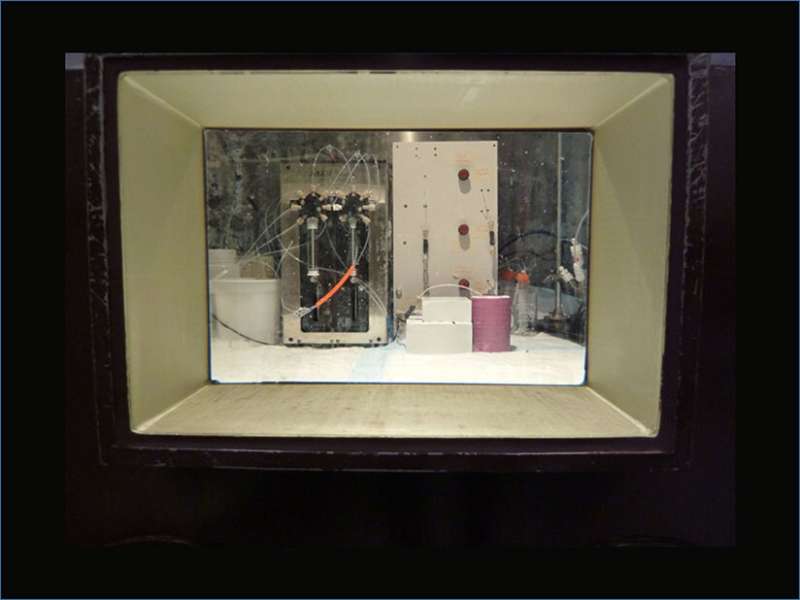Supplying high-quality cancer-imaging isotopes

Zirconium-89 is a radionuclide that's just right for cancer tumor imaging. When the isotope is combined with a tumor-seeking molecule, it lasts long enough in the body to find the tumor and to be imaged. Researchers developed a less labor intensive and more efficient way to chemically process and purify the isotope. They use a low energy cyclotron, a simple target station, and an automated chemical process. The result is high-purity and concentrated zirconium-89. The zirconium from the process is then ready to attach to a tumor-targeting molecule.
As the zirconium-89 supply is currently meeting demand, this is not an isotope sold through the DOE Isotope Program. However, this work, supported by the DOE Isotope Program, shows that zirconium-89 can be produced on lower energy (and more abundant) cyclotrons with a simple target design. The new automated approach could make high-quality batches more available and reduce exposure for radiation workers. Also, the approach offers a high chemical yield and low metal ion impurities, minimizing interference with tumor targeting.
Ideal for cancer tumor imaging, zirconium-89 lasts long enough in the body to find tumors and be imaged using positron emission tomography (PET) scans. Producing this useful radionuclide requires commonly found low-energy cyclotrons. Researchers produced zirconium-89 by proton beam irradiation of yttrium metal foils at the University of Washington's 11-MeV cyclotron. They then transported the foils to researchers at the Pacific Northwest National Laboratory. The research team developed an automated dual column system that dissolved the foil targets and isolated the zirconium-89 from the dissolved yttrium target (and metal contaminants found in the yttrium metal). The process consistently generated a highly concentrated and pure solution of zirconium-89 that demonstrated excellent binding to deferoxamine, a radionuclide-binding ligand frequently used in tumor-targeting molecules. A patent has been applied for this novel zirconium-89 purification method.
More information: Jeanne M. Link et al. A simple thick target for production of 89 Zr using an 11 MeV cyclotron, Applied Radiation and Isotopes (2017). DOI: 10.1016/j.apradiso.2017.01.037
Matthew J. O'Hara et al. Hydroxamate column-based purification of zirconium-89 ( 89 Zr) using an automated fluidic platform, Applied Radiation and Isotopes (2017). DOI: 10.1016/j.apradiso.2017.10.048
Matthew J. O'Hara et al. Optimized anion exchange column isolation of zirconium-89 ( 89 Zr) from yttrium cyclotron target: Method development and implementation on an automated fluidic platform, Journal of Chromatography A (2018). DOI: 10.1016/j.chroma.2018.02.053
Matthew J. O'Hara et al. Tandem column isolation of zirconium-89 from cyclotron bombarded yttrium targets using an automated fluidic platform: Anion exchange to hydroxamate resin columns, Journal of Chromatography A (2018). DOI: 10.1016/j.chroma.2018.06.035
Provided by US Department of Energy



















